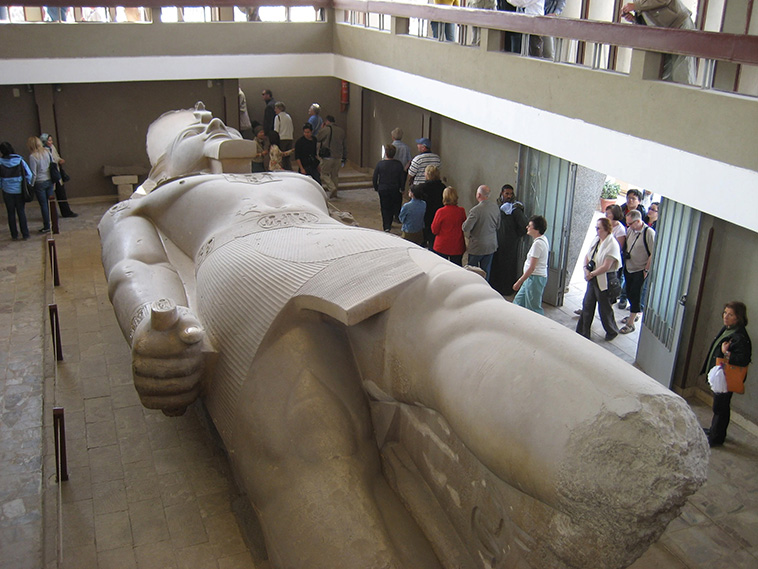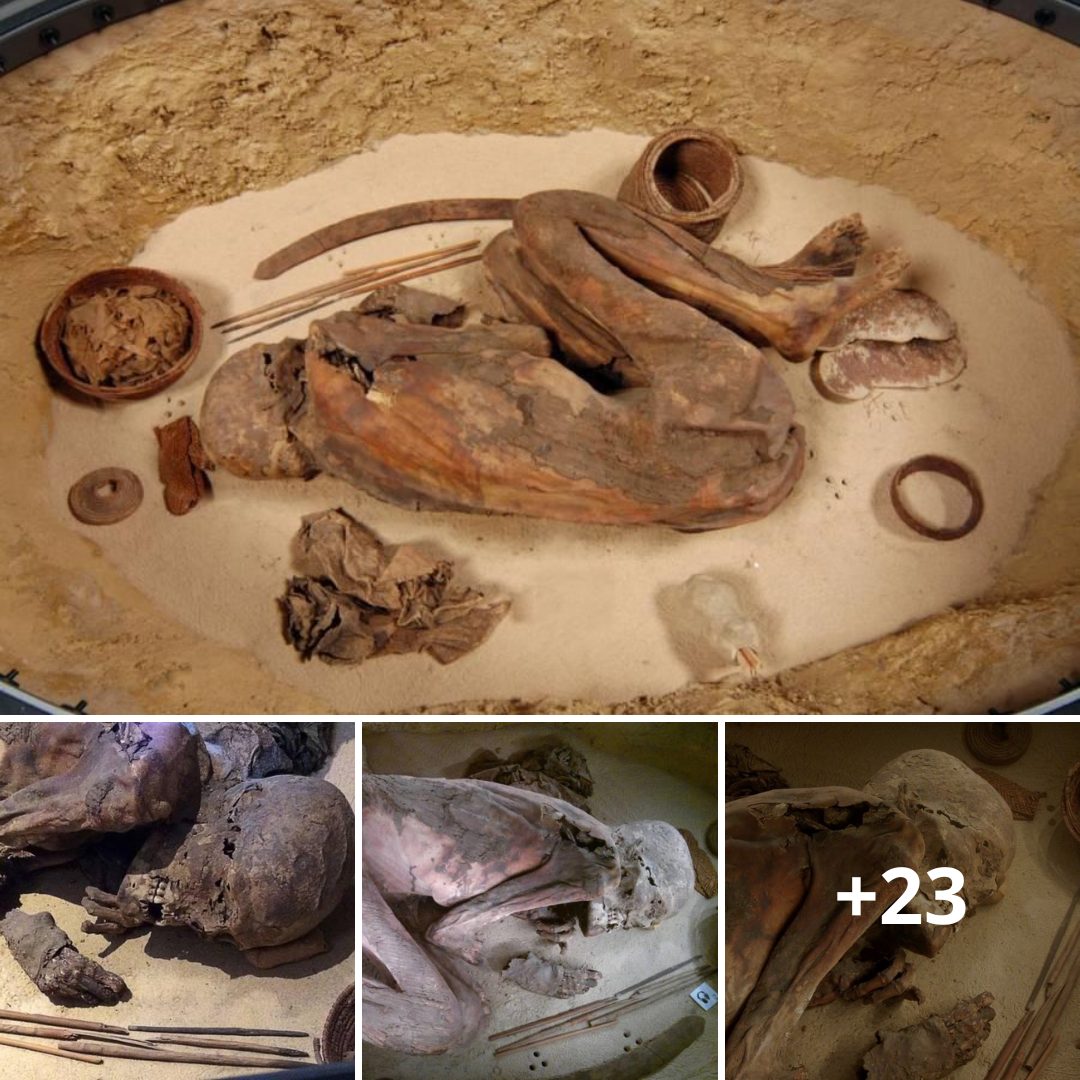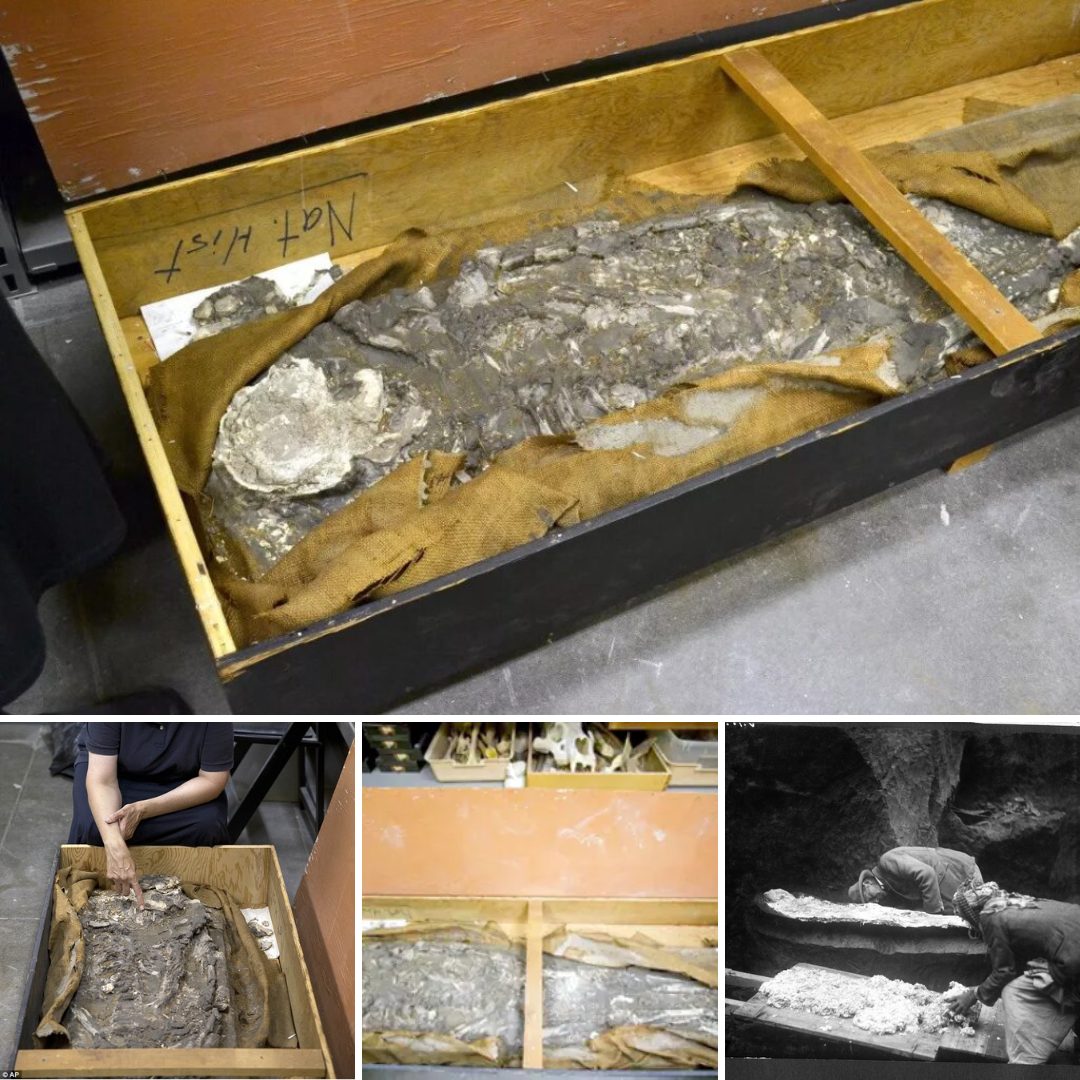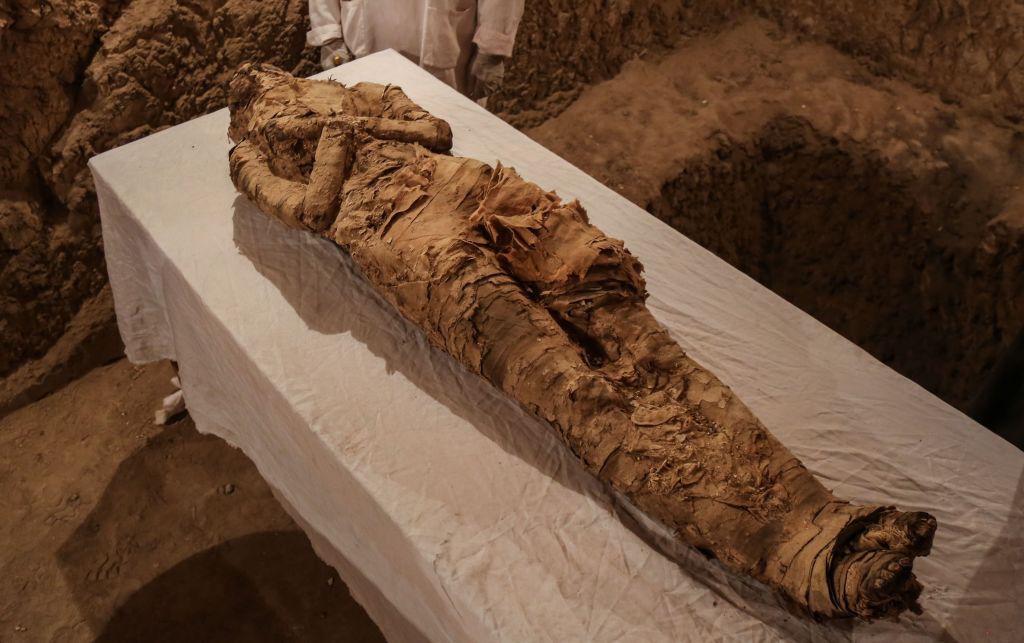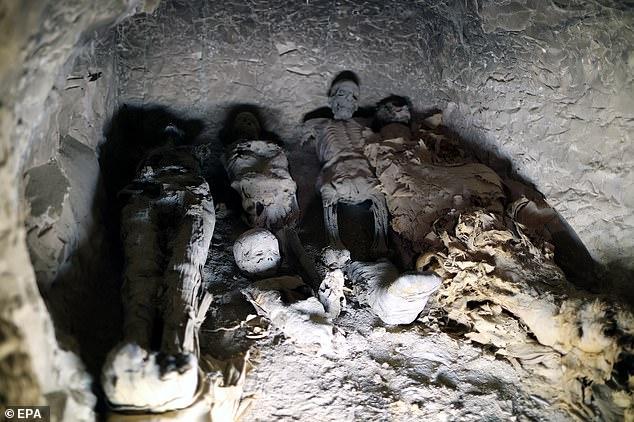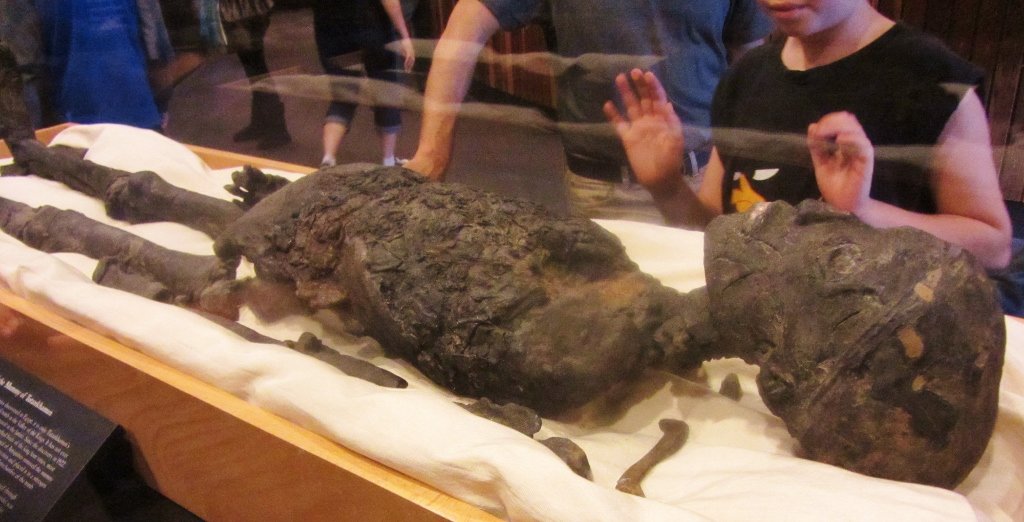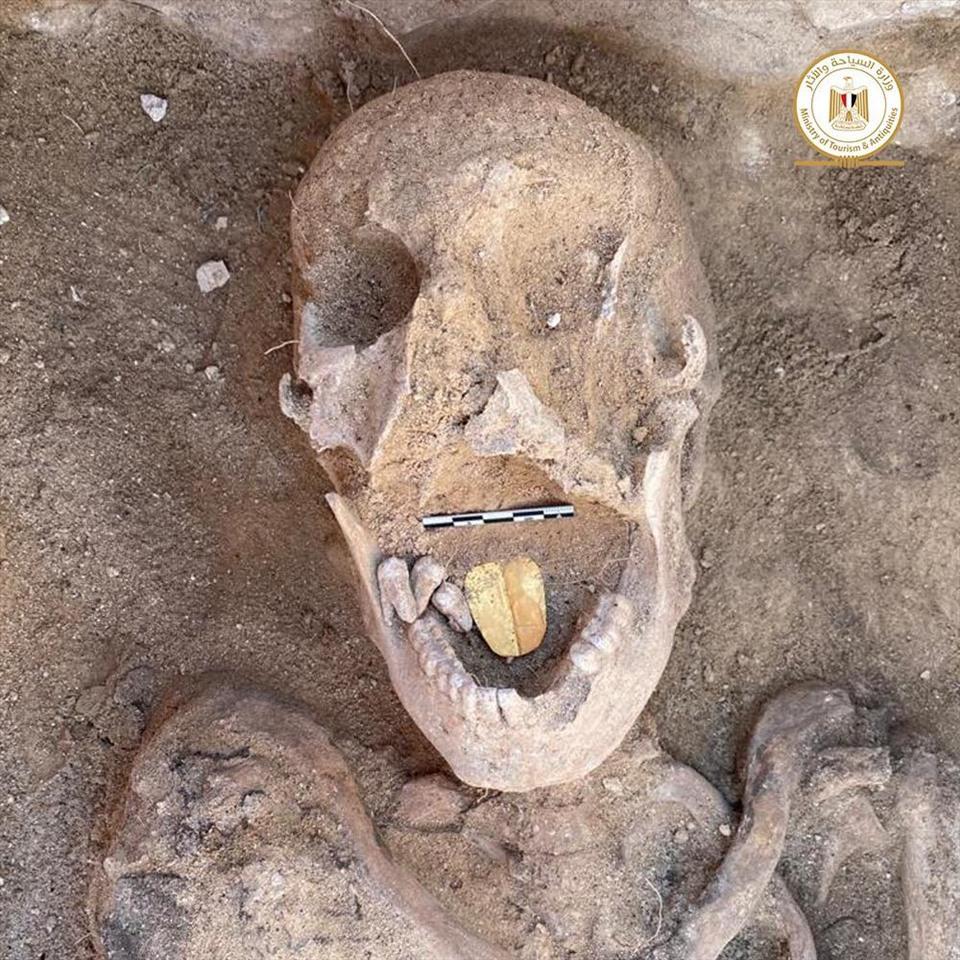Kapilikaya Rock Tomb. dating back to the 2nd century B.C.
2000-year-old marble thrones at the ancient theatre of Amphiareion of Oropos, Greece.
The Amphiareion at Oropos, the sanctuary of the hero Amphiaraos, was greatly famed and frequented by pilgrims who went to seek oracular responses and healing.
The largest building in the sanctuary is a stoa (mid-4th century BC) which served as the enkoimeterion for the patients.
The sanctuary also contained a theatre. The theatre is dated to the 2nd century BCE by inscriptions and the seating area was likely composed of wooden seats on stone supports.
Five marble prohedria (seat of honor at the front of the seating area) were discovered placed around the orchestra.
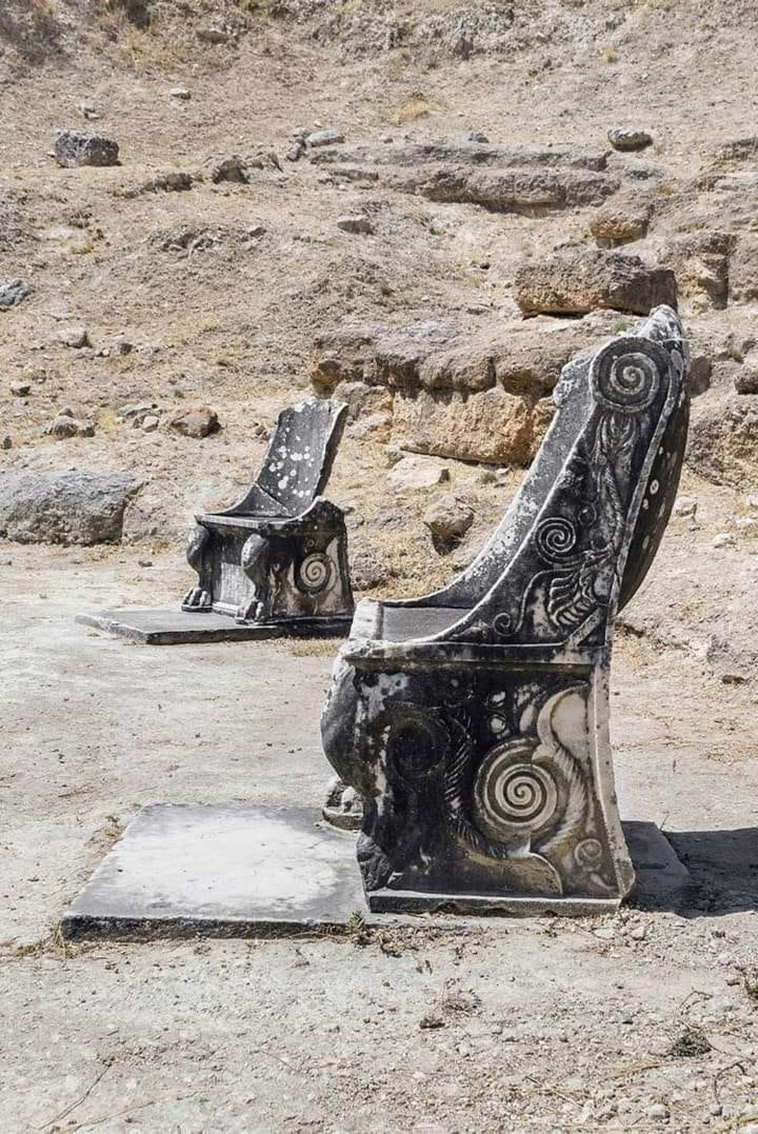
12th-century Minaret of Jam in Afghanistan
At 1,900 m above sea level and far from any town, the Minaret of Jam rises within a rugged valley along the Hari-rud River at its junction with the river Jam around 215 km east of Herat. Rising to 65m from a 9m diameter octagonal base, its four superimposed, tapering cylindrical shafts are constructed from fired bricks. The Minaret is completely covered with geometric decoration in relief enhanced with a Kufic inscription in turquoise tiles. Built in 1194 by the great Ghurid Sultan Ghiyas-od-din (1153-1203), its emplacement probably marks the site of the ancient city of Firuzkuh, believed to have been the summer capital of the Ghurid dynasty.
The Minaret of Jam is one of the few well-preserved monuments representing the exceptional artistic creativity and mastery of structural engineering of the time. Its architecture and ornamentation are outstanding from the point of view of art history, fusing together elements from earlier developments in the region in an exceptional way and exerting a strong influence on later architecture in the region.

Ganluyan Temple, China
Ganluyan Temple, or “Sweet Dew Rock Temple”, is an ancient temple built-in 1146. It sits on a huge rock and is supported by a wooden pillar below. It is named so because there is a big stalactite above the temple that drips water from time to time all year round.
 hwang199
hwang199
Guyaju Caves
The Guyaju Caves, also known as the Yanqing Ancient Cliff House, is a rock-cut complex of honeycomb caves carved into the slopes of the Tianhuang Mountain in the Yanging District of China. The site was first discovered in 1984 near the village of Dongmenying during a survey conducted by the Yanqing County Cultural Relics Management Office. Since then, Guyaju has been registered with the national key cultural relics protection unit, the highest protection level approved by the State Council of the People’s Republic of China for immovable cultural relics.
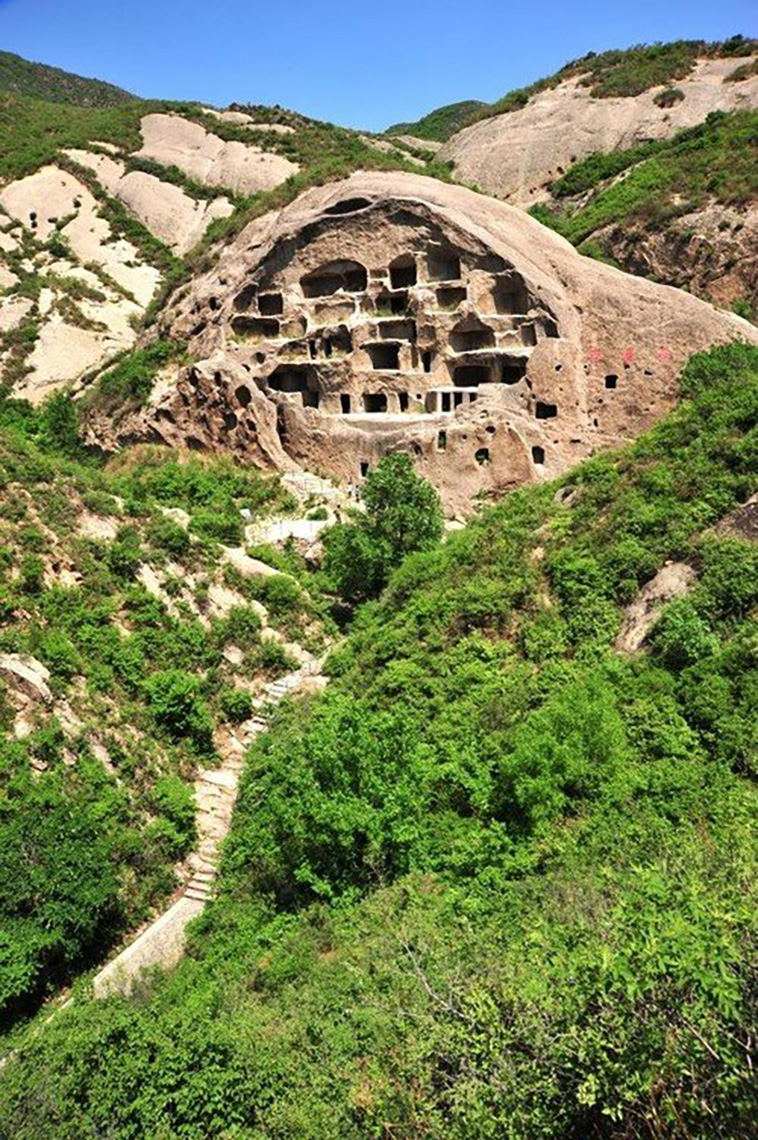
Kapilikaya Rock Tomb. Located in Kırkdilim, Turkey
It is a rock tomb of the Hellenistic period, dating back to the 2nd century B.C.
The tomb is not simply a door shaped façade but is actually a cube-shaped structure cut out of the mountain, only connecting to the natural rock around it at a few points.
The inner chamber of the tomb can only be accessed by entering a small square opening about halfway up the face of the structure.
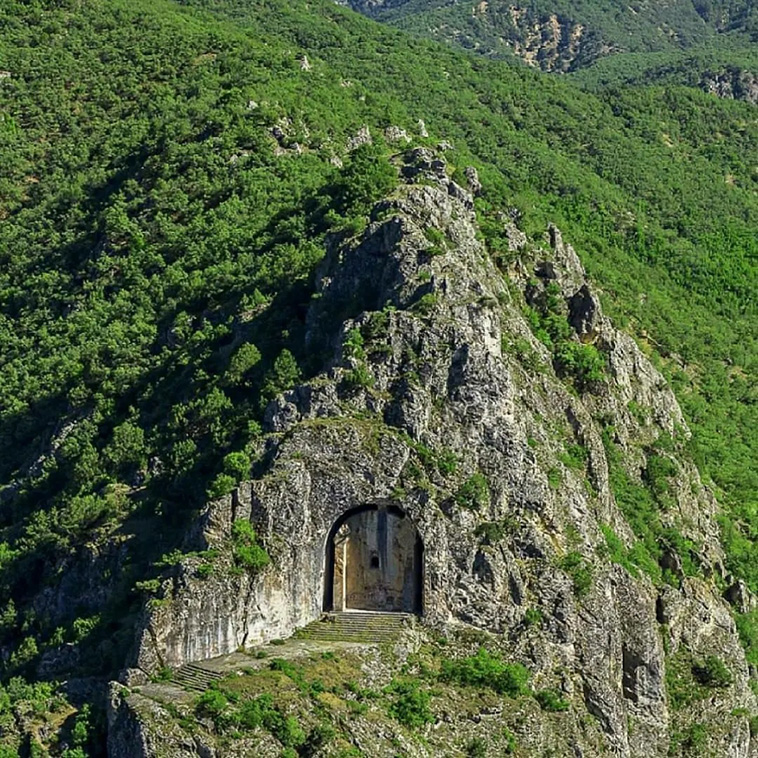
Ark of Bukhara, Uzbekistan
The Ark is a massive fortress located in Bukhara, Uzbekistan. Built on remains of earlier structures, which constitute a layer 20m deep under the base arch. Age of Ark has not been established accurately, but by 500 AD it was already the residence of local rulers.
Entrance to the Ark fortress
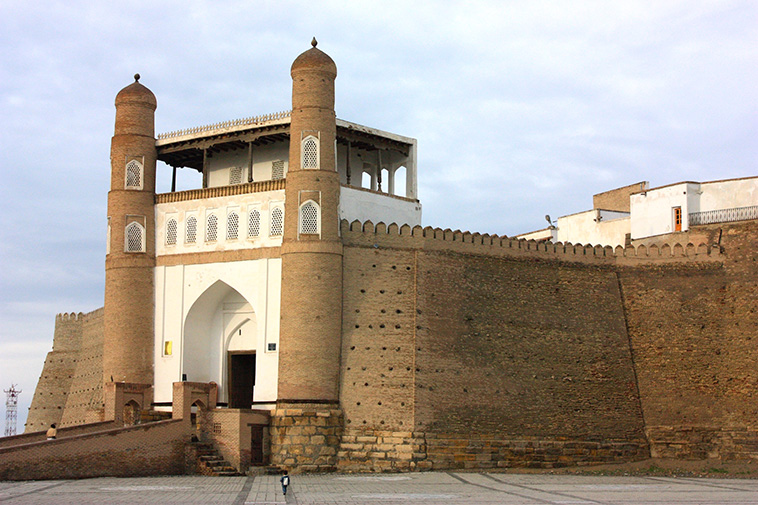

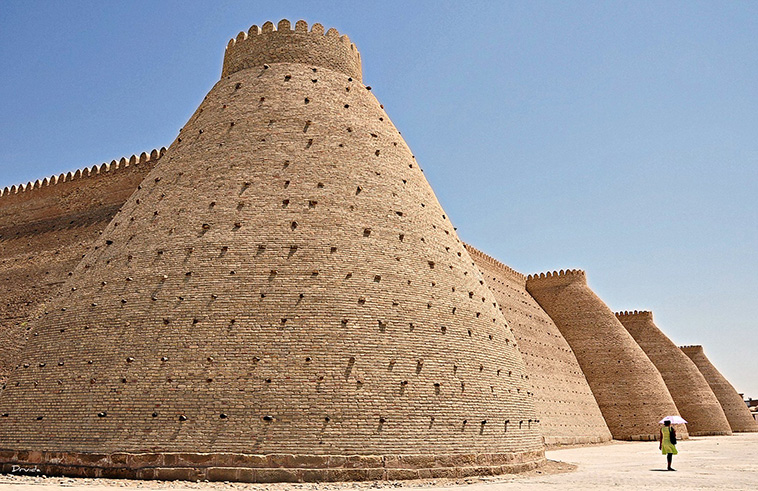 druidabruxux
druidabruxux
A house plan made by Sumerians 5000 years ago. Ground plan of a residence in Umma with central courtyard, Ur III period. Vorderasiatisches Museum, Berlin
A well-preserved house plan from Ur III Umma shows dimensions in cubits, probably in reference to the dimensions of the rooms themselves. The ground plans of houses etched into clay tablets show walls by parallel lines, and in what seems to be a real representation of the floor plan they indicate the placement of doorways.
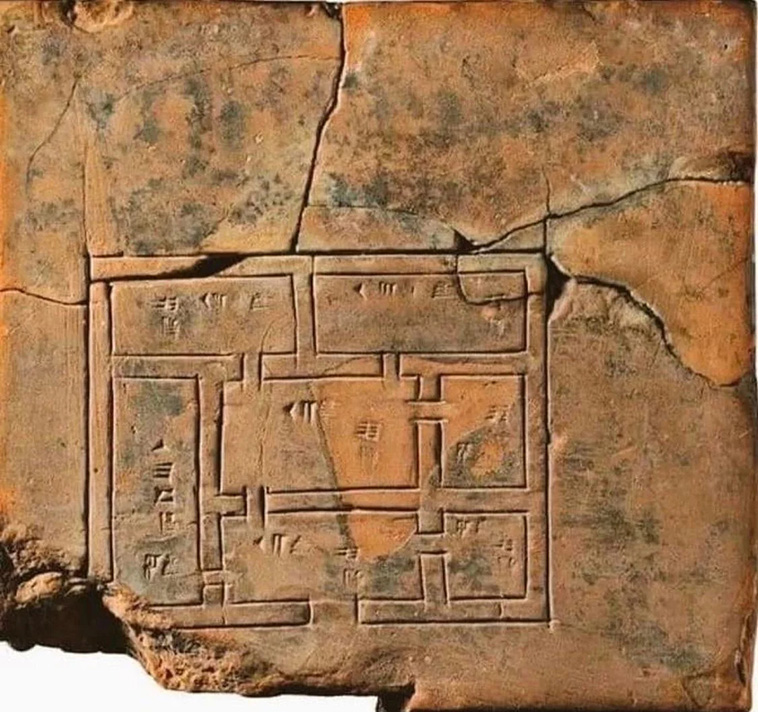
Khara-Khoto – The Black City
Khara-Khoto is an abandoned city in Inner Mongolia, China. Built-in 1032, the city thrived under the rule of the Western Xia dynasty. It has been identified as the city of Etzina which appears in The Travels of Marco Polo, the Venetian explorer who travelled through Asia between 1271-1295.
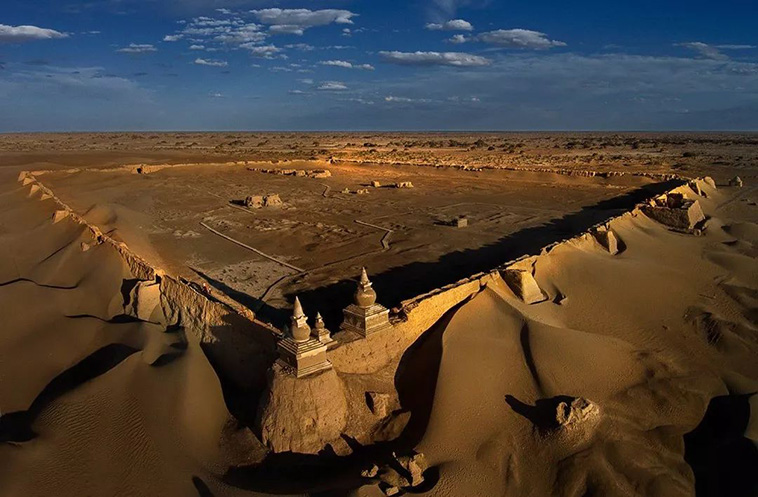
The Colossus of Ramesses II in Memphis, Egypt. Circa 1200 B.C.
Photo shows the lying colossal statue of ancient Egyptian Pharaoh Ramesses II at the ruins of ancient Egyptian city of Memphis, around 23 kilometers southwest to Cairo, capital of Egypt. Memphis, founded around 3,100 BC, was the capital of ancient Egypt during the Old Kingdom spanning from 2700-2200 BC and remained an important city throughout ancient Egyptian history. Today, the ruins of the former capital offer fragmented evidence of its past. Together with its necropolis (the pyramid fields from Giza to Dahshur), Memphis was inscribed as a World Heritage Site in 1979. The site is open to the public as an open-air museum.
